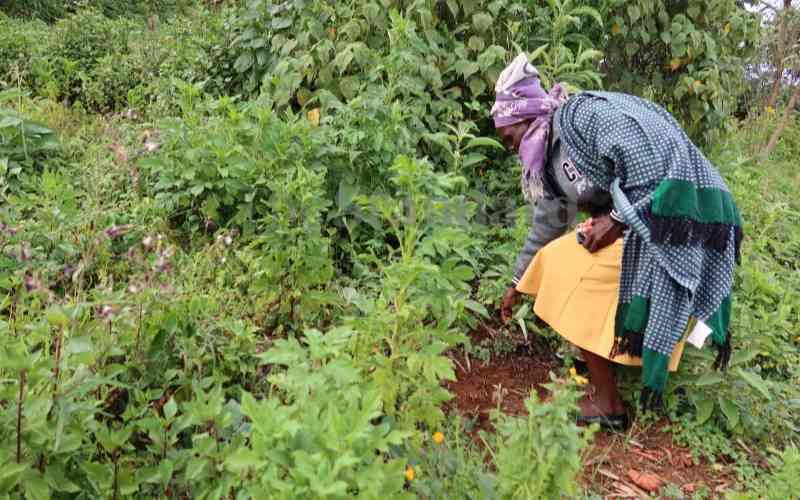×
The Standard e-Paper
Home To Bold Columnists

Peter Kitelo stops midway in a foot path within the vast swathe of moorland, and scans through the patch before settling on a particular spot located barely 500 metres from Chepkitale hill within Mt Elgon forest.
“This is where my grandfather was buried many years ago. He used to live within this forest which we live in today,” he says.